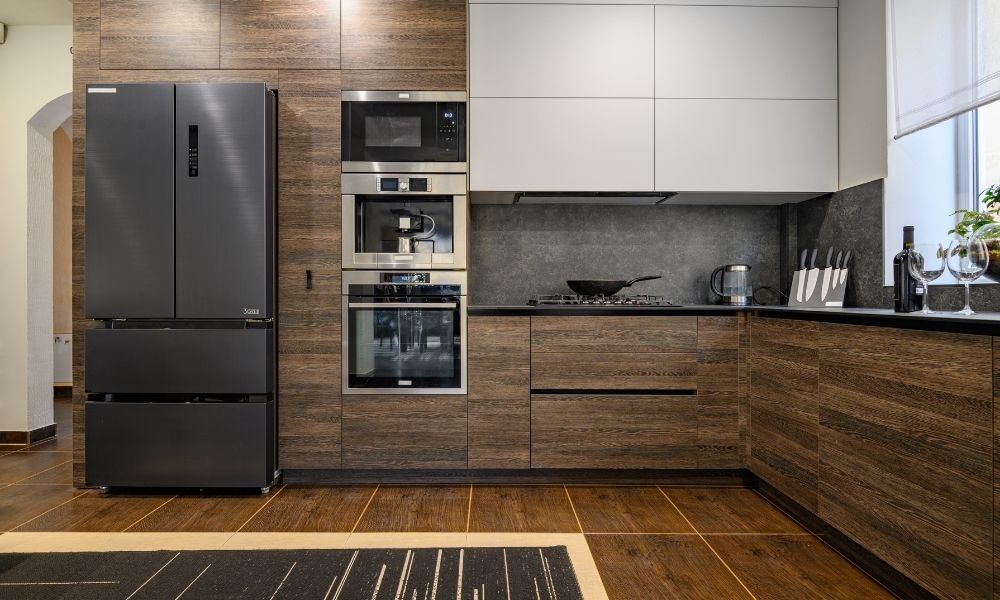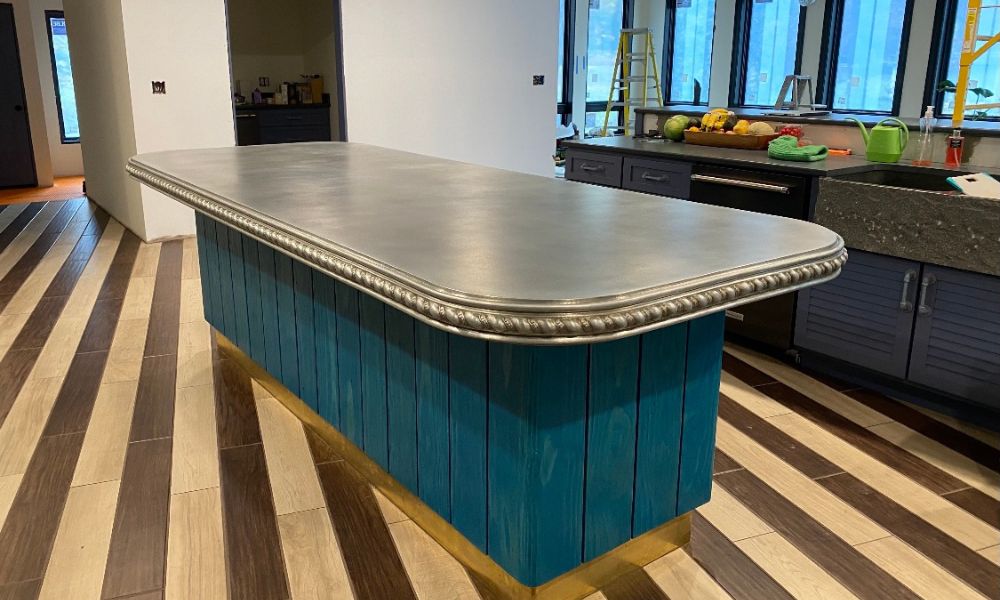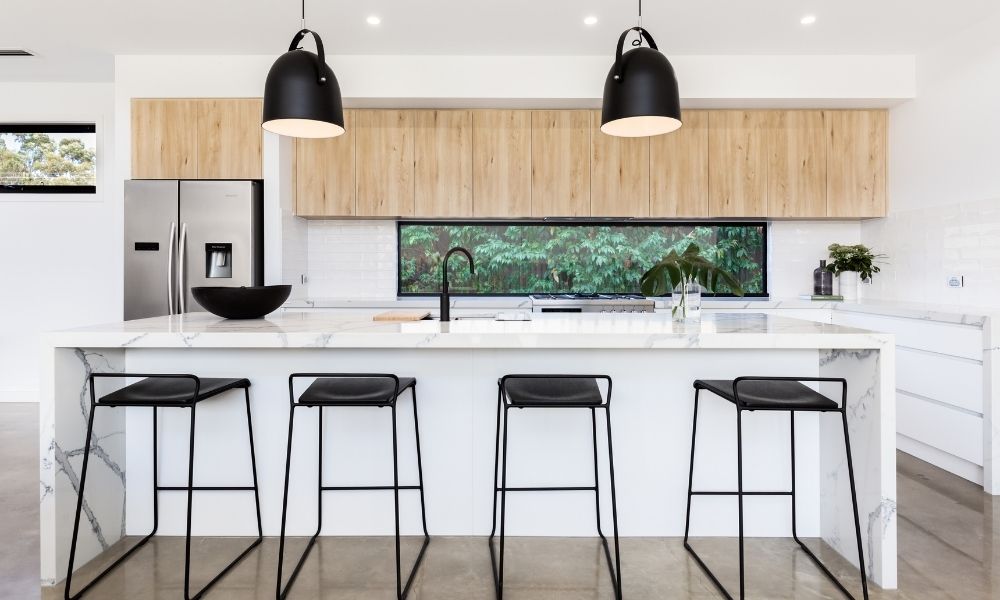Designing a kitchen layout that is both functional and aesthetically pleasing can be a challenging task. One key element to consider is the work triangle and zones, which refers to the placement of the sink, stove, and refrigerator in a triangular formation. This layout can help to maximize efficiency and minimize wasted movement in the kitchen.
The Work Triangle
The work triangle is a design concept that has been used in kitchens for decades. The three points of the triangle are the sink, stove, and refrigerator, which are the three most commonly used areas in the kitchen. The idea is to place these three elements in such a way that there is an efficient flow of movement between them.
According to the National Kitchen and Bath Association (NKBA), the three legs of the triangle should be between 4 and 9 feet in length, with the total perimeter of the triangle being between 12 and 26 feet. This ensures that the triangle is not too large or too small, and that there is enough space to move around comfortably.
When designing your kitchen layout, it is important to keep the work triangle in mind. Place the sink, stove, and refrigerator in a triangular formation, with each element no more than a few steps away from the other. This will help to minimize the amount of movement needed when preparing meals, making cooking and cleaning up a much easier process.
Zones
In addition to the work triangle, it is also important to consider the concept of zones when designing your kitchen layout. Zones are areas in the kitchen that are dedicated to specific tasks, such as food preparation, cooking, and cleaning. By creating distinct zones, you can further optimize the efficiency of your kitchen.
Some common kitchen zones include:
- Preparation zone: This area should be located near the sink and refrigerator, and should be equipped with a large countertop for chopping and preparing ingredients.
- Cooking zone: This area should be located near the stove and oven, and should have ample space for pots, pans, and other cooking utensils.
- Cleaning zone: This area should be located near the sink and dishwasher, and should have space for drying dishes and storing cleaning supplies.
When designing your kitchen layout, try to create distinct zones that flow seamlessly together. For example, the preparation zone should be located near the cooking and cleaning zones, so that it is easy to move ingredients from one area to the other.
Creating an efficient kitchen layout is essential for any home cook. By utilizing the work triangle and zones concepts, you can design a kitchen that maximizes efficiency and minimizes wasted movement. When planning your kitchen, be sure to keep these concepts in mind, and don’t be afraid to experiment with different layouts until you find the perfect one for your needs.




